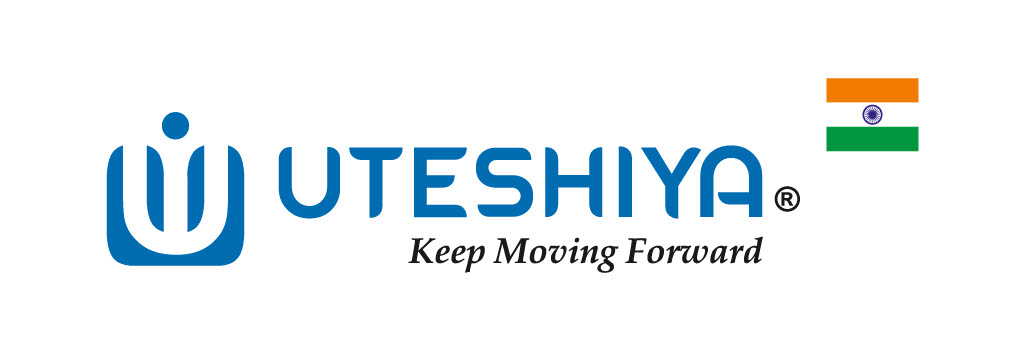 Insights on the Future of the Personalized Medicine Industry, 2031
Insights on the Future of the Personalized Medicine Industry, 2031
The market for personalized medicine is expected to increase from its 2021 value of $300 billion to reach $869.5 billion by 2031, at a CAGR of 11.2% between 2022 and 2031.
Personalized medicine, sometimes called precision medicine, is a method of providing medical care that considers each patient’s unique circumstances when formulating a treatment plan.
Treatments that are effective for one patient may not be as beneficial for another, and this perspective acknowledges this fact.
Personalized medicine aims to create more efficient and particular therapies by factoring in a patient’s unique genetic makeup, way of life, and medical history.
In customized medicine, doctors use cutting-edge diagnostic equipment to zero in on disease-causing genetic variants or other biomarkers. The healthcare provider can then use this data to create individualized treatment therapies for their patients.
Furthermore, personalized medicine is a growing field with the potential to change healthcare by boosting the accuracy and effectiveness of medical treatments, decreasing healthcare costs, and enhancing patient outcomes.
Understanding Customization in Implants
Customization in implants means making implants that fit each patient’s specific requirements and features.
It involves planning and making implants specifically shaped for each patient’s body, ensuring they fit and work perfectly.
Customization in implants is different from the old way of doing things, where the same implant sizes and forms are used for everyone.
Instead, it uses cutting-edge technologies like 3D printing and computer models to make implants perfectly suited to each patient’s health and body structure.
This method has many advantages, such as better patient comfort, lower chance of complications, better biocompatibility, and better overall patient outcomes.
Customized implants are especially useful in orthopedics and orthodontic surgery, where accuracy and compatibility with the patient’s unique features are key to success.
Orthopedic Applications
Customized orthopedic implants improve surgery and patient care. Orthopedic implants are customized to meet patients’ anatomical and healthcare demands. Key characteristics of how personalization is impacting orthopedic applications:
Precision and Fit
Customized orthopedic implants offer remarkable precision and fit. These implants are custom-made to fit the patient’s anatomy. Precision decreases problems and improves implant performance.
Improved Functionality
Customized orthopedic implants improve functionality by targeting the patient’s medical condition.
Hip, knee, and bone fracture implants are designed to restore functioning efficiently. This can improve patient mobility and quality of life.
Reduced Pain and Discomfort
Customized implants match the patient’s body, reducing pain and inflammation. Smoother surfaces and greater alignment decrease friction and wear, reducing daily pain.
Faster Recovery
Customized orthopedic implants accelerate healing. The implants reduce tissue disruption during surgery, reducing hospital stays and recovery time.
Personalized Treatment
Each patient’s medical situation is unique. Therefore, customization allows for tailored treatment strategies.
Surgeons can choose the best implant design and materials based on the patient’s needs, age, activity level, and health.
Customized implants boost long-term success. The implant’s perfect fit and reduced risk of problems extend its lifespan, decreasing revision activities.
Enhanced Surgeon Capabilities
Customization improves surgical planning and outcomes for surgeons. These implants improve patient safety by allowing accurate insertion and alignment.
Use of Craniofacial Implants for Restoring Function
The use of craniofacial implants is an amazing example of how medical technology and surgery skills can work together.
Individuals with birth defects, serious injuries, or those who have undergone surgery for illnesses like cancer may require individualized craniofacial implants to restore normal function and look.
Craniofacial surgeons use these implants to fix up the skull and face, from the skull to the jaw, giving their patients a chance at a better quality of life and renewed self-confidence.
Reconstructive surgery has come a long way over the years, and the development of biocompatible materials and the use of innovative medical imaging has greatly improved the accuracy and success rate of craniofacial implant treatments.
Advancements in 3D Printing
Many patients’ only option is to design and print personalized implants. As expected, medical devices and services are expensive and unavailable to all patients.
Medical instruments and products undergo extensive approvals and clinical studies.
Even wealthy patients cannot always locate a suitable implant or organ. Personalized implants can be 3D printed in hours, while conventional implants take days or weeks.
Biomedical engineering uses engineering, computer modeling, and other technology to tackle medical problems.
The main use of 3D printing or additive manufacturing is prosthetics. Customizable and inexpensive prosthetics are improved via 3D Printing.
Prosthetic limbs of any complexity, size, and shape can be made in 24 hours from MRI or CT images.
Massive, patient-specific bone structures and implants with collagenous matrix components and bone integration are promising for musculoskeletal illnesses.
Inkjet printing, laser-induced forward transfer, and other dispensing technologies can print osteogenic cells and hydrogels. This technology could be used for dentistry and osteoporosis treatment.
Benefits for Patients
Customized implants offer a multitude of benefits to patients:
-> Enhanced Comfort
-> Reduced Complications
-> Faster Recovery
-> Long-Term Success
The Surgeon’s Perspective on Customized Implants
Customized implants benefit surgeons in several ways, which are listed below.
-> Surgeons can plan procedures more accurately with implants designed to match the patient’s anatomy.
-> Implants enable precise placement and alignment, reducing the margin for error during surgery.
-> Customization often leads to better patient outcomes, which is professionally rewarding for surgeons.
Exploring Regulatory and Ethical Dimensions in Customized Implants
The growth of customization raises regulatory and ethical concerns.
Regulatory bodies struggle with the need to set high standards to protect patients.
On the other hand, ethical concerns focus on equal access, informed agreement, and the responsible use of new technologies. Finding a balance between new ideas and patient safety is a constant challenge.
Safety
Ensuring the safety and effectiveness of customized implants through rigorous testing and regulatory oversight is paramount.
Accessibility
Efforts are needed to make customized solutions accessible to a broader range of patients, reducing disparities in healthcare.
What is Future Trends in Customized Implants
Accurate planning, improved precision, and the gratification of providing superior outcomes all benefit surgeons.
However, regulatory and ethical considerations become more important in guaranteeing safety and access as the industry develops.
Future developments in high-tech materials, AI, and regenerative medicine are expected to increase the effectiveness of personalized implants, bringing in a hopeful future in medicine where individualized treatment meets the latest technological advances.
Conclusion
Customized implants are becoming increasingly significant in the healthcare equipment business. It is used to make prototypes, small batches, and single objects. Custom parts are also created using this technology. This is significant because it reduces the time and expense required to develop new medical equipment.

